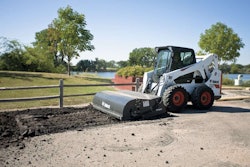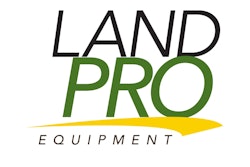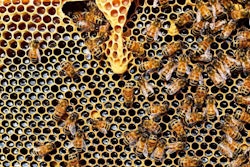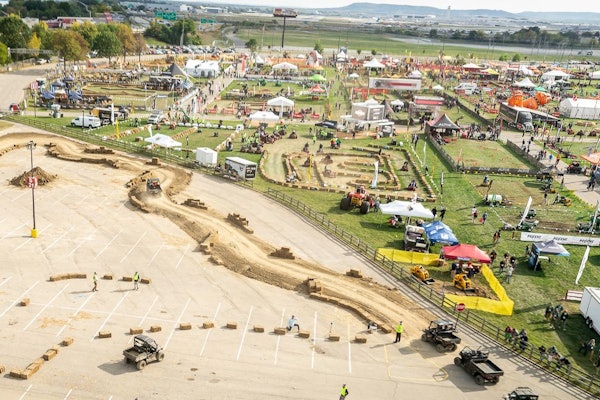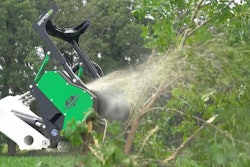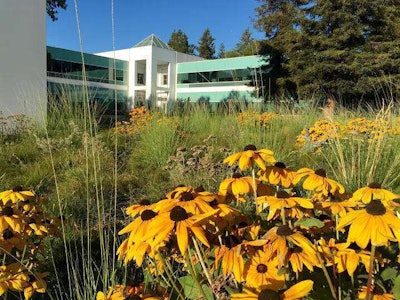 Photo: Google
Photo: GoogleWhen land is developed for new urban establishments, wildlife habitat is often destroyed, but Google is working to change that.
The campus of the multinational technology company is in Mountain View, California, where, a century and a half ago, meadows, wetlands, oaks and willow groves could be found.
In the 1990s the space was transformed into an office park. Google moved there in 2003. Now the company is striving to recreate the earlier ecosystems, with the goal of connecting paths for wildlife through urban and suburban areas.
“We think of the Bay Area as a place where we’re testing this thinking, that there’s so much potential in urban and suburban areas,” Audrey Davenport, leader of the ecology program at Google, told FastCoExist. “If we could overcome the fragmentation of how our outdoor landscapes are managed in these areas, we could really bring vibrancy and function back to them.”
Three years ago, Davenport started working on expanding Google’s focus on health and sustainability from inside the office to the surrounding landscape. She found that there were plans on how to restore the wetlands along the bay and parks up in the hills, but there was no guidance on reviving the spaces in-between.
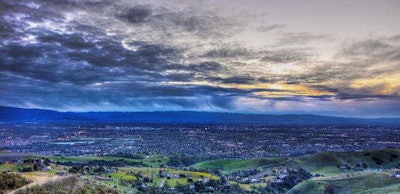 The plan is to make urban and suburban landscapes hospitable to wildlife.
The plan is to make urban and suburban landscapes hospitable to wildlife.Photo: Google
She reached out to experts on resilience science to develop an approach for landscape architects to use as they created new designs for the campus.
“We translated the vision into resources, like habitat guidelines,” Davenport said. “Those get down to a much more detailed level, detailing the exact species of plants and trees we’d like to see planted, the structure and diversity of how to plant them, even down to the detail of the spacing between plants, so that we get habitat value out of our landscaping effort.”
It is the ultimate vision of Google for other businesses and homeowners in the Silicon Valley to adopt this type of landscaping so that wildlife can travel through it to larger spaces on the edge of the cities and suburbs.
Some of the projects Google is currently working on include bringing back valley oaks and expanding willow groves. Parking spaces have been removed and so far, 50 acres of the campus have been converted to more native landscaping.
“If you think about the vegetation and the species that rely on it, most of them can move through landscapes if you give them just enough connectivity,” Davenport said. “So even though we don’t own tracts of land that connect perfectly, this same approach to the planting and designs can start to create permeability in the landscapes. Migratory birds that have lost almost all of their habitat along the bay’s edge could start to stop from the air again in these pockets of willow groves … that’s what’s missing from these landscapes.”
The frameworks that Google and its partners create will be available to anyone who wants to help implement this shared vision for the urban landscape.
